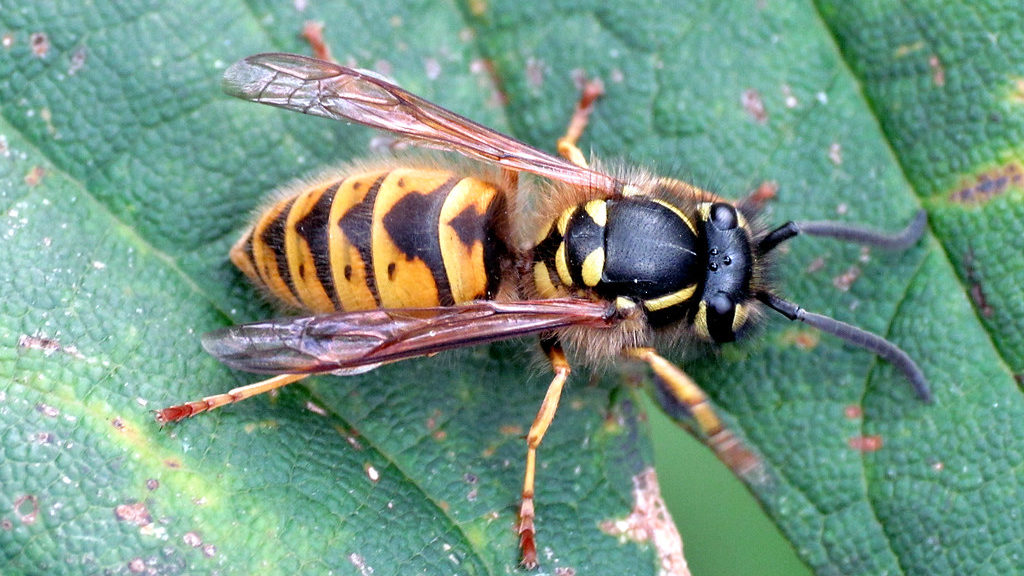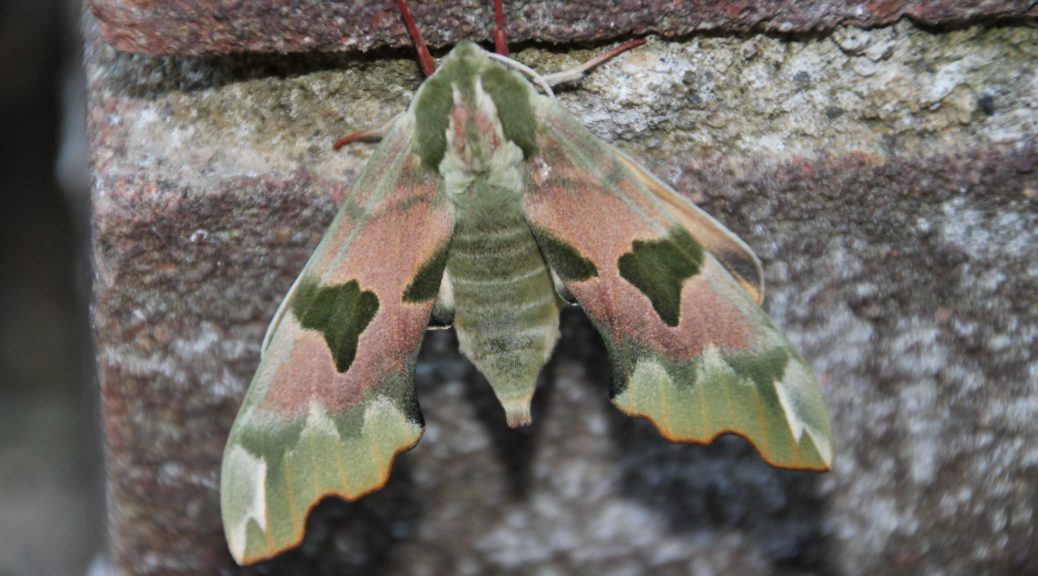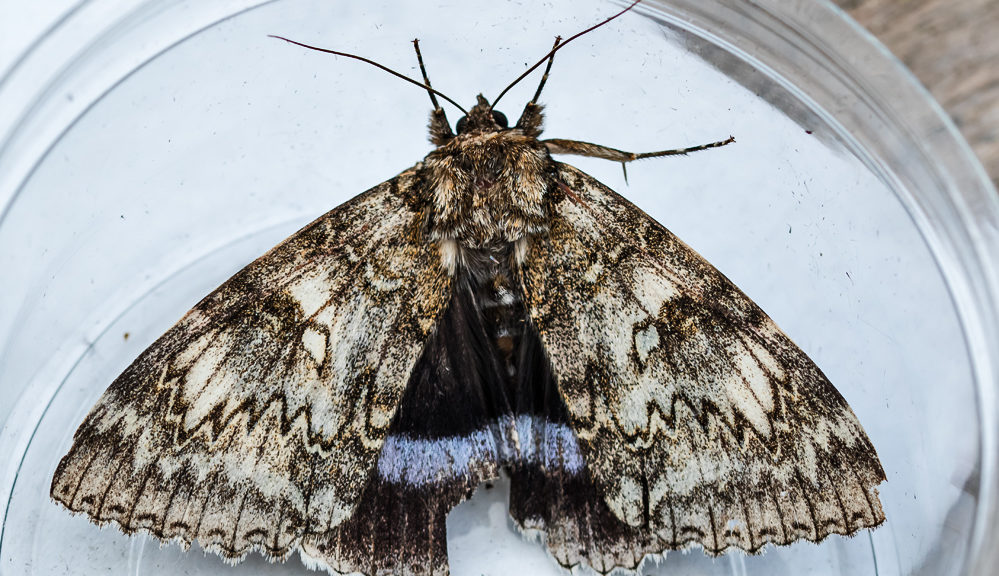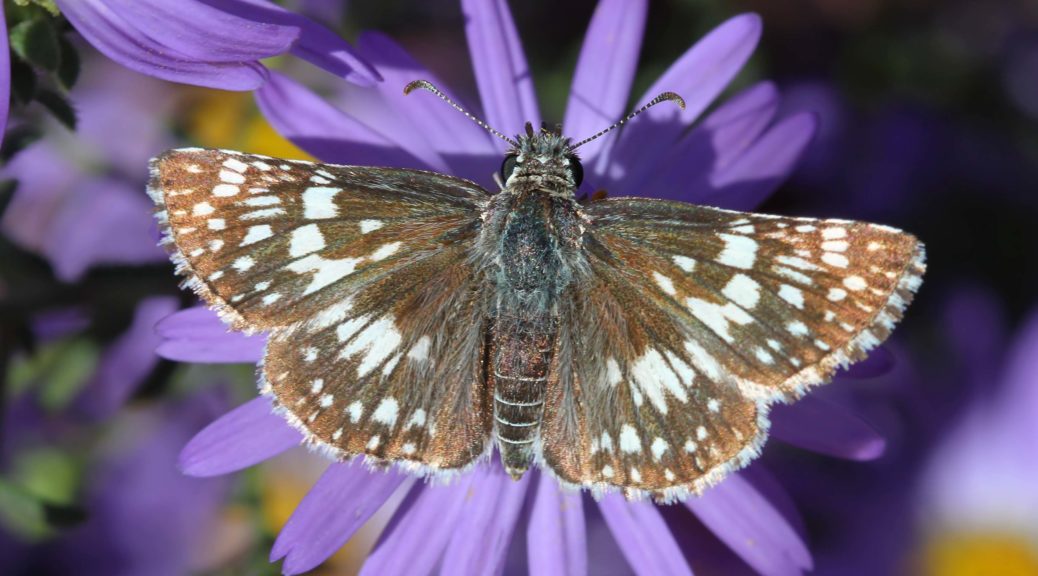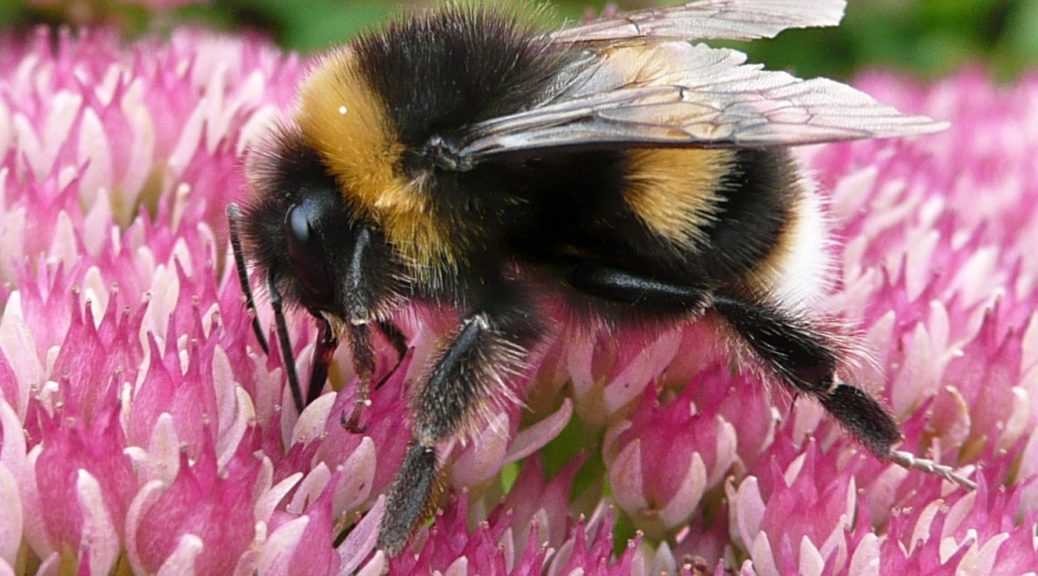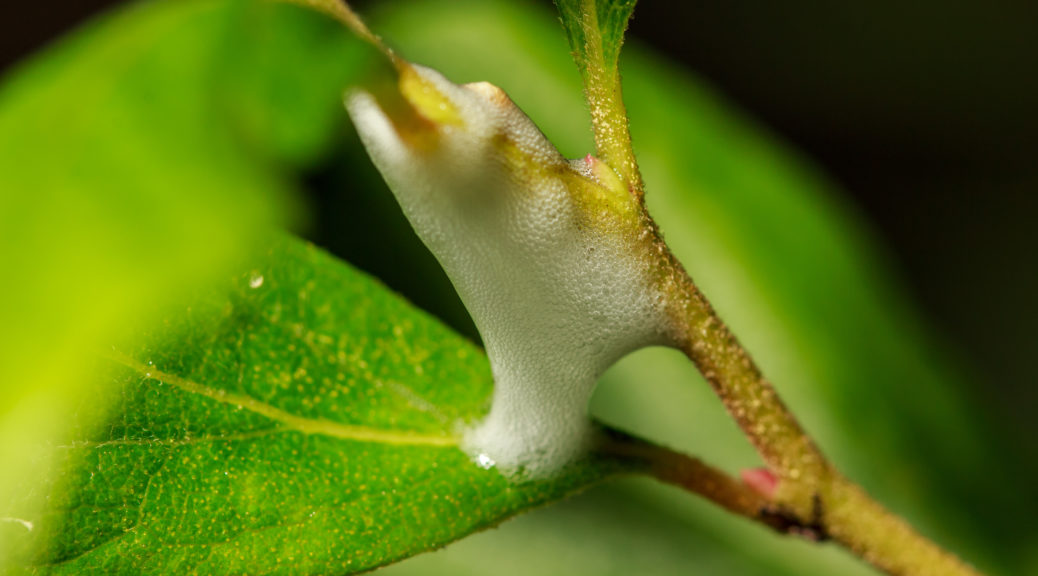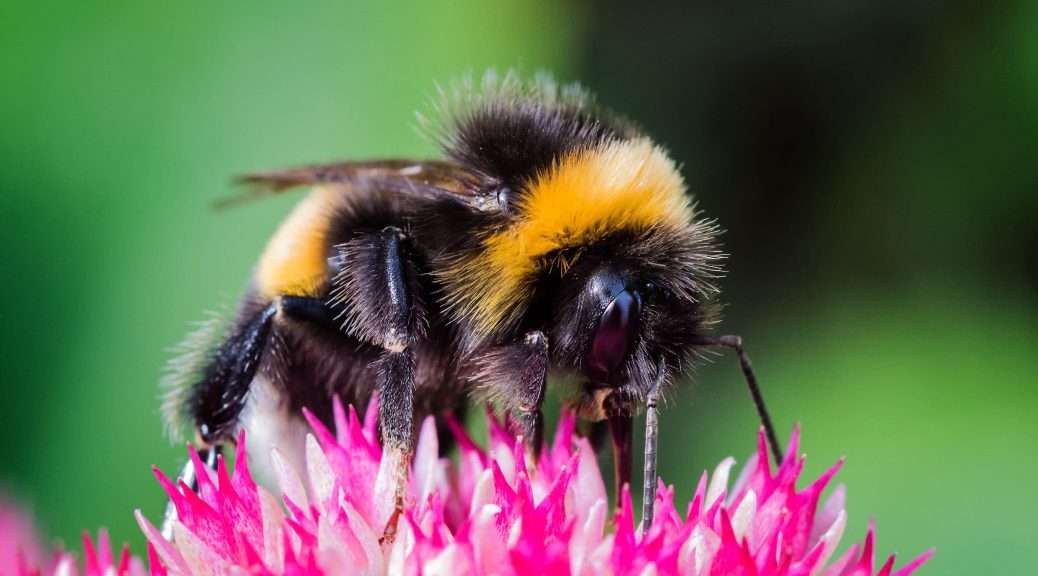The GUARDIAN writes report claims 400,000 insect species face extinction amid heavy use of pesticides. The “unnoticed insect apocalypse” should set alarm bells ringing, according to conservationists, who said that without a halt there will be profound consequences for humans and all life on Earth. A new report suggested half of all insects may have been lost since 1970 as a result of the destruction of nature and heavy use of pesticides.
The report said 40% of the 1million known species of insect are facing extinction. The analysis, written by one of the UK’s leading ecologists, has a particular focus on the UK, whose insects are the most studied in the world. It said 23 bee and wasp species have gone extinct in the last century, while the number of pesticide applications has approximately doubled in the last 25 years.
Photo by zapad1 under creative commons.

